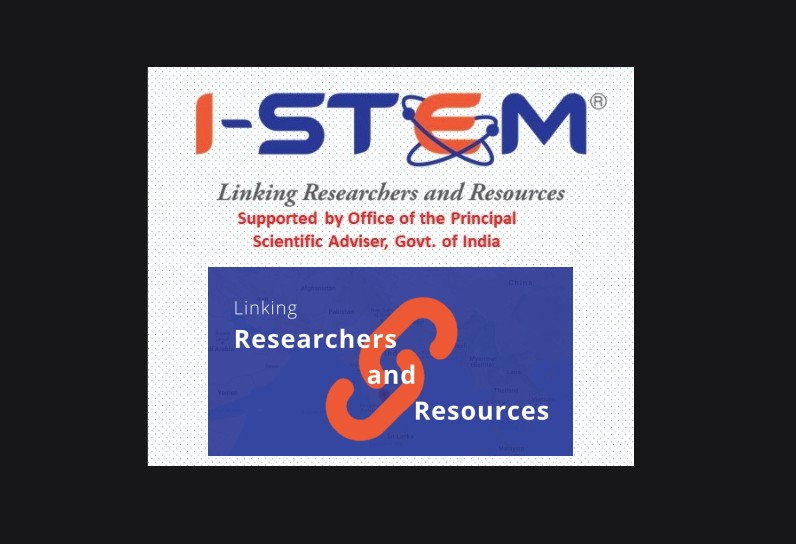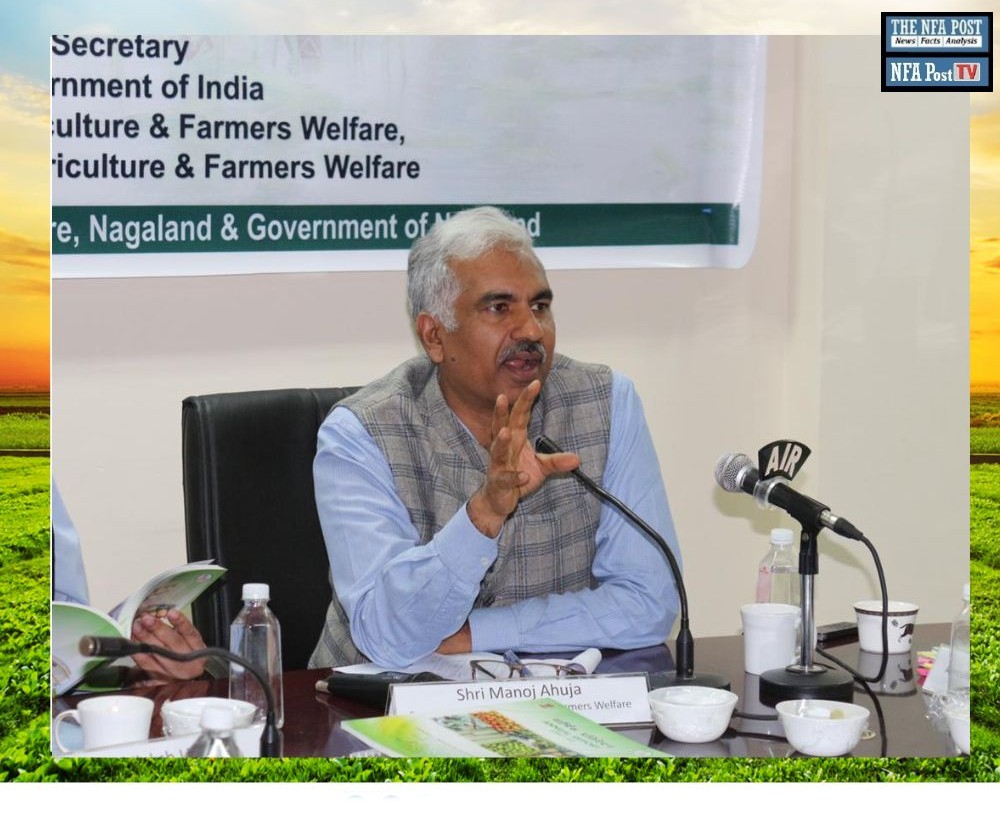New Delhi, NFAPost: The Indian Science Technology and Engineering facilities Map (I-STEM), the national web portal for sharing research and development (R&D) facilities launched in January 2020 by Prime Minister Narendra Modi, entered into second phase of its operation.
I-STEM (www.istem.gov.in) is an initiative of the Office of the Principal Scientific Adviser to the Govt. of India (PSA, GOI) under the aegis of Prime Minister Science, Technology and Innovation Advisory Council (PM-STIAC) mission.
The I-STEM project is now given extension for five years and it will be completed in 2026. During the second phase of its operation I-STEM is expeted to added more features. The goal of I-STEM is to strengthen the R&D ecosystem of the country by connecting researchers with resources.
It is promoted by technologies and scientific equipment development indigenously, and providing necessary supplies and supports to researchers by enabling them access to existing publicly funded R&D facilities in the country through the I-STEM web portal.
In the first phase, the portal is listed with more than 20,000 pieces of equipment from 1050 institutions across the country and has more than 20,000 Indian researchers. I-STEM portal facilitates researchers to access slots for the use of equipment, as well as to share the details of the outcomes, such as, patents, publications and technologies.
Under Phase II, the portal will host indigenous technology products listed through a digital catalogue. The portal will also provide a platform for the various City Knowledge and Innovation Clusters (https://www.psa.gov.in/st-clusters) supported by the Office of PSA to enhance effective use of R&D infrastructure through leveraging collaboration and partnership built on a shared STI ecosystem.
It will also host and provide access to selected R&D software required to undertake research projects by students and scientists. The I-STEM portal in its new phase will be designed as a dynamic digital platform that will provide boost to research and innovation especially for 2 tier and 3 tier cities and also for the emerging start-up ecosystem.





